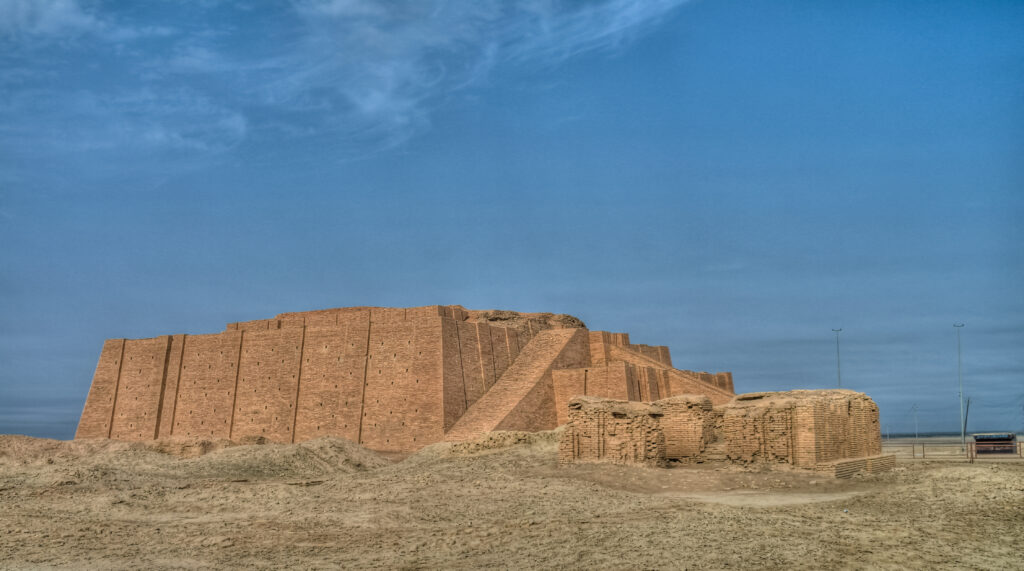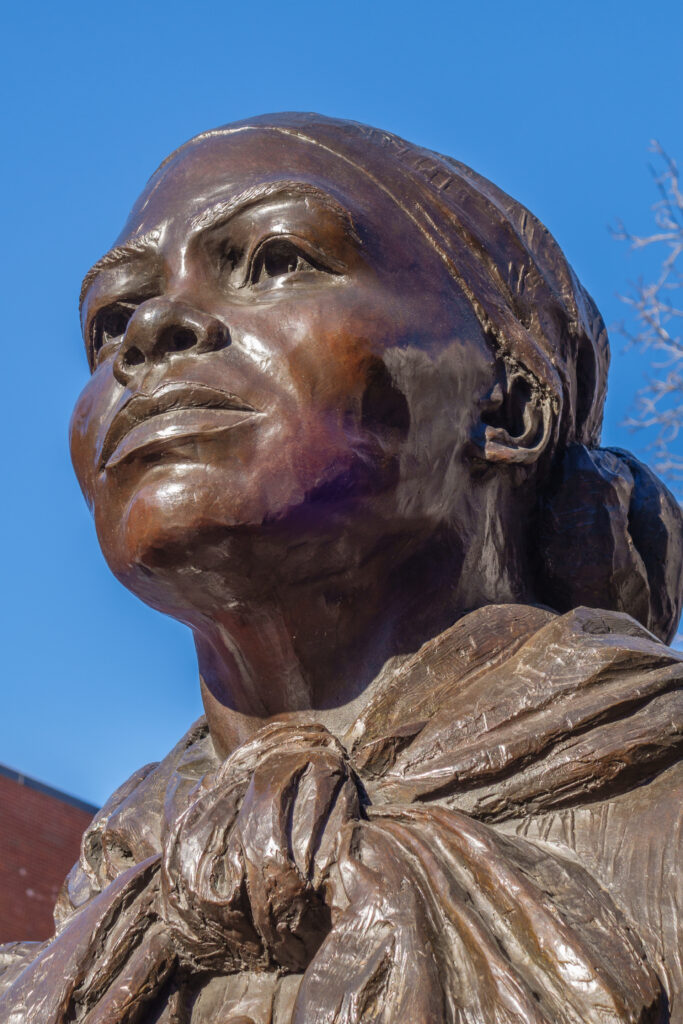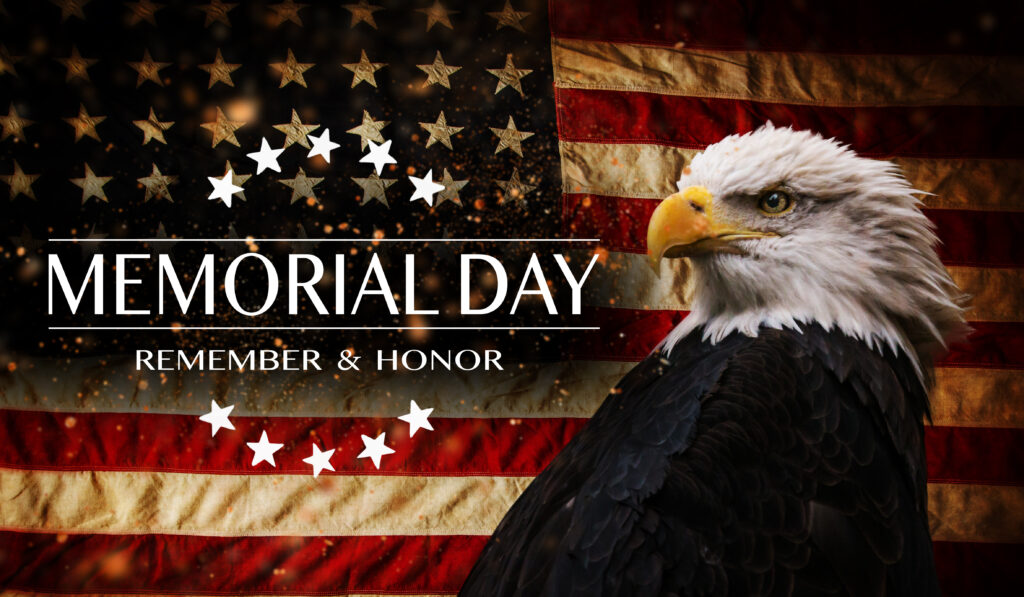This is the sixth in a seven-blog series on history. In this blog, I describe the Black
contributions to the American Dream.
How to discuss Black Contributions to the American Dream
The American Dream is the belief that each individual has the right and freedom to seek prosperity and happiness, regardless of where or under what circumstances they were born. Contributions to the American Dream come in many forms. Some are inventions and technologies, some are philosophies and ethics, some are jurisprudence, others are arts and song, while others are practices and customs. However, discussions about black contributions to the American Dream often begin in 1619 with the first slaves in America. This approach ignores the fact that many elements of America arose from black contributions to ancient civilizations that contributed to modern Western culture. It also ignores blacks who were part of the European discovery of the western hemisphere. Hence, this blog is divided into two parts. Part 1 discusses contributions from pre-1492 civilizations created or influenced by blacks that shaped the Western world. Part 2 discusses black contributions beginning in 1492.
Part 1: Black Contributions to the American Dream pre-1492

The Moors introduced the Hindu–Arabic numeral system to Europe. Moors also introduced a number of crops to the Iberian Peninsula and Europe like lemons, dates, saffron, figs, peaches, oranges, sugarcane, apricots, cotton, rice, ginger, and pomegranates. They also introduced cereals, beans and peas of various types, olives, and almonds. They brought paper making to Spain in the 12th century, allowing the preservation and dispersal of knowledge throughout Europe. They also introduced an eating etiquette that lead to the current system of breaking meals into separate courses beginning with soup and ending with dessert.

The Sumerians created metal tools like chisels, hammers, saws, braces, bits, nails, pins, rings, hoes, axes, knives, lance points, arrowheads, swords, daggers, quivers, scabbards, and harpoons. They developed potter’s wheels that led to mass-produced pottery, and the creation of wheeled vehicles and mill wheels. They created the first plows, used irrigation with complex canal systems with dams whose gates could be opened or closed, used oxen as beasts of burden, and equids, like donkeys, as primary transport animals. Their sexegesimal numeral system led to the 360 degrees of a circle, the clock with 60 seconds, 60 minutes, 12 hours, and the 12-month calendar.
Part 2: Black Contributions to the American Dream beginning in 1492
The Niño Brothers, sailors of African descent, helped Christopher Columbus in his voyages to the Americas. The brothers – Pedro Alonso, Francisco, and Juan – took part in all three of Columbus’ voyages and were sailors with prestige and experience in Atlantic journeys before joining Columbus’s voyage. Pedro piloted the Santa Maria, the largest of Columbus’ three ships. Juan was master of La Niña and Francisco, is believed to have been a sailor on La Niña.
1700 to 1861
Crispus Attucks (1723 to 1770) was an American whaler, sailor, and stevedore of African and Native American (Wampanoag) descent. He is considered to be the first person killed in the Boston Massacre and thus the first American killed in the American Revolution.
It is estimated that 5,000 to 9,000 men of African descent served as soldiers and seaman during America’s fight for Independence. Some were slaves and some were Freeman. It is estimated that 5,000 of the soldiers were combat troops. Black Soldiers in the Continental Army and states’ militia fought in every major battle of the war, and in most, if not all of the lesser battles. Their average length of service was eight times longer than the average period for white soldiers.
Jean Baptiste Du Sable was born in Haiti. His mother was an African slave from Congo and his father was a French merchant mariner. He spoke Portuguese, Spanish, and English, traveled from Haiti to America, joined the Pottawatomie tribe and married a woman from the tribe. In the late 1770s, Du Sable journeyed to the Chicago River mouth, established his first home and various businesses. His successful trading skills, ability to establish successful businesses, and wealth helped Chicago flourish. He is known as the first permanent non-native settler of the area.
While slaves in the Americas are often shown as field hands or domestic servants, many were skilled at crafts that were a vital part of the American economy, particularly in the antebellum South. Skilled slaves arrived with knowledge of a wide range of traditional African crafts—pottery making, weaving, basketry, wood carving, metalworking, and building. These skills were valuable in the Americas, particularly during the preindustrial colonial period. As a result, slaves were used to construct numerous structures, especially in the south. One of the most iconic structures was the White House. Slaves were likely involved in all aspects of construction, including carpentry, masonry, carting, rafting, plastering, glazing and painting. Another noteworthy structure they helped build was the US Capitol in Washington, D.C.
The Civil War and Post Civil War

Harriet Tubman led hundreds of enslaved people through the underground railroad network to freedom. During the Civil War she was the first woman to help lead a raid and guided boats on the Combahee River, that enabled the destruction of multiple plantations and the rescue of over 750 slaves. After the Civil War she was a strong supporter of and speaker in favor of women’s suffrage rights.
Frederick Douglass, (1818 to 1895) was an African American abolitionist; orator; newspaper publisher; and first black U.S. Marshal. He escaped slavery in September 1838 and his Rochester home, part of the Underground Railroad, hosted numerous fellow abolitionists. He advocated for including blacks in the Union army during the Civil War. He also supported the Fourteenth Amendment. Known as the “Lion of Anacostia,” through his writings and speeches he challenged racial stereotypes of African Americans and challenged the country to recognize the rights of all people.
Booker T. Washington (1856 to 1915) was an educator and reformer. In 1881 he was the first president and principal developer of Tuskegee Normal and Industrial Institute (now Tuskegee University). At his death, 34 years later, the University had more than 100 well-equipped buildings, some 1,500 students, a faculty of nearly 200 teaching 38 trades and professions, and an endowment of about $2 million. He believed blacks should be educated in the crafts and industrial skills, cultivate the virtues of patience, enterprise, and thrift and that when they acquired wealth and culture whites would respect, accept, and give them equal citizenship.
William Edward Burghardt Du Bois (W.E.B. Du Bois), (1868 to 1963), a sociologist, historian, author, editor, and activist, graduated from Fisk University in 1888 and received a Ph.D. from Harvard University in 1895. He published 16 research monographs between 1897 and 1914 and shared in the creation of the Niagara Movement, the National Association for the Advancement of Colored People (NAACP), and edited The Crisis. He believed the climate of virulent racism, in the form of disenfranchisement, lynchings, and Jim Crow segregation laws, could only end through social change brought on by agitation and protest.
Du Bois’ and Washington’s views clashed, but in the end, both efforts were required to win black advances as proven by the origins of the Tuskegee airmen, discussed later in this blog.
During Reconstruction, emancipated black men helped draft new constitutions that for the first time gave the right to free public education to all of the South’s children. Before the Civil War, the only Southern children who received a formal education were those whose families were wealthy enough to pay for it. To fund the South’s first free, statewide public school systems, the Reconstruction constitutions earmarked certain taxes for public education. Black and white students took advantage of the new opportunity to obtain an education albeit in segregated public schools.

The first Memorial Day called ‘First Decoration Day,’ by the black former slaves who organized it, occurred in Charleston, S.C. on May 1, 1865, less than a month after Lee surrendered to Grant at the Appomattox Courthouse. It took place at a former planters’ racetrack where at least 257 Union prisoners were buried in unmarked graves. Around two dozen black Charlestonians reorganized the graves into rows and built a 10-foot-tall white fence around them. The remembrance and consecration ritual gave the dead soldiers a proper burial.
Black suffragists came to the suffrage movement from the broader struggle for civil rights. Frances Ellen Watkins Harper (1825–1911) was an orator, poet, essayist and novelist who frequently went on speaking tours to discuss slavery, civil rights and suffrage. She initially worked with suffragists leaders like Elizabeth Cady Stanton and Susan B. Anthony. Mary Ann Shadd Cary, (1823–1893) one of America’s first black female law graduates was an outspoken activist for women’s rights. In 1874, she and several other suffragists testified before the House Judiciary Committee about the unjustness of denying women the voting right. In 1896, suffragists Mary Church Terrell and co-founder Josephine St. Pierre Ruffin of the National Association of Colored Women (NACW) helped consolidate black suffrage groups across the country. Nannie Helen Burroughs (1879–1961) educator and suffragist gave more than 200 speeches across the country, stressing the importance of women’s self-reliance and economic freedom. Ida B. Wells, (1862–1931) journalist, suffragist and progressive activist was one of the founders of the National Association for the Advancement of Colored People and co-founded the Alpha Suffrage Club, Chicago’s first African American suffrage organization.
George Washington Carver did not keep detailed records, but in 1937 he wrote he had developed more than 300 peanut products. He shared written advice and recipes, in agricultural bulletins. He filed only three patents on the products he developed because he wanted his discoveries to be available to all peoples. In 1896 Booker T. Washington hired him to head Tuskegee Institute’s agricultural department. Between 1919 and 1926, Carver corresponded with John Harvey Kellogg. And, Mahatma Gandhi asked Carver for advice about how Gandhi could build up strength between hunger strikes.

The Tuskegee Airmen flew more than 15,000 individual sorties in Europe and North Africa during World War II in planes called Red Tails. Their performance earned them more than 150 Distinguished Flying Crosses. The Tuskegee program trained some 1,000 pilots, nearly 14,000 navigators, bombardiers, instructors, aircraft and engine mechanics, control tower operators and other maintenance and support staff. In more than 200 escort missions, the Tuskegee Airmen lost 27 escorted bombers a better success rate than other escort groups which lost an average of 46 bombers. They also destroyed or damaged 36 German planes in the air and 237 on the ground, nearly 1,000 rail cars and transport vehicles, and a German destroyer.
Martin Luther King, Jr. was a religious leader and a key figure in the American civil rights movement. He advocated for peaceful approaches to some of society’s biggest problems, used nonviolent methods of protest, and organized and staged countless marches and boycotts. He was instrumental in the Memphis sanitation workers’ strike, and the Montgomery bus boycott. His “I Have a Dream” speech at the March on Washington, in 1963, influenced the passage of the Civil Rights Act of 1964. Kings Selma March led to the passage of the 1965 Voting Rights Act. He was awarded the Nobel Peace Prize in 1964. He was assassinated in 1968.
Technology Contributions
Among the many black inventors and innovators are the following three individuals.
Dr. Charles Richard Drew was a surgeon and professor whose research on blood transfusions and improved techniques for blood plasma storage helped spur the development of large-scale blood banks early in World War II. He was the first medical director of the American Red Cross Blood Bank and introduced refrigerated mobile blood donation trucks.
Traffic lights began appearing at intersections in the 1910s, but only offered stop (red) and go (green). In 1923 Garrett Morgan, an African American, patented the first three-light traffic signal which used a yellow light to warn drivers they needed to prepare to stop.
Frederick McKinley Jones an African American inventor took out more than 60 patents including one in 1940 for the roof-mounted cooling system used to refrigerate goods on trucks during extended transportation. He founded the company which was critical during World War II, in helping to preserve blood, food and supplies during the war.
Dance and Music
African slaves brought their dances to the Americas and Caribbean Islands. Dance styles of hundreds of black ethnic groups merged with white dances helping African slaves keep their cultural traditions alive. For example, Tap combined elements of African-influenced shuffle dances, English clog dances, and Irish jigs. African dances included foot shuffling, hip and torso movement, and early Stepping. Minstrel shows brought black dance to large audiences in the 1800s. In 1891, The Creole Show, on Broadway, introduced The Cakewalk, the first American dance created by blacks to become popular with whites. Black-influenced dance trends were the Charleston, the Lindy Hop, the Jitterbug, and the Twist. Black musical theater, derived from minstrel shows popularized black dance traditions and performers. Current dance definitions have broadened to include urban black dance forms of break dancing and hip-hop.
African-American influences on American music became part of the foundation of a new American musical culture that mixed African traditions with those of Europe and the Americas. Work songs, dance tunes, and religious music – and the syncopated, swung, remixed, rocked, and rapped music that descended from it – became the lingua franca of American music, influencing Americans of all racial and ethnic backgrounds.
The facts cited in this blog prove that people like my ninth-grade history teacher are wrong when they say that blacks have made no significant contributions to America’s history. In fact, blacks have made significant contributions to America’s progress towards making the American Dream a reality.
My next blog will focus on America as a Polycultural Nation.
